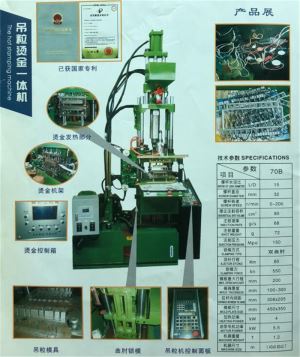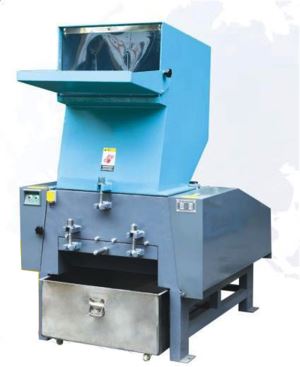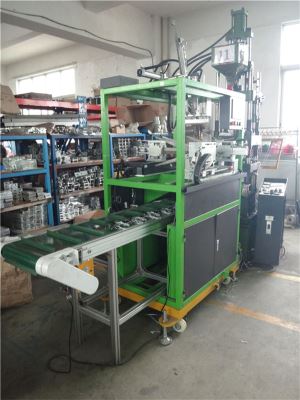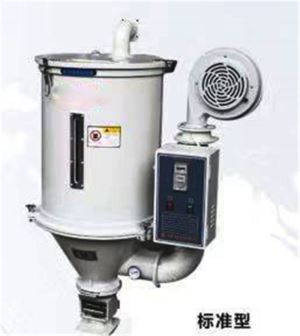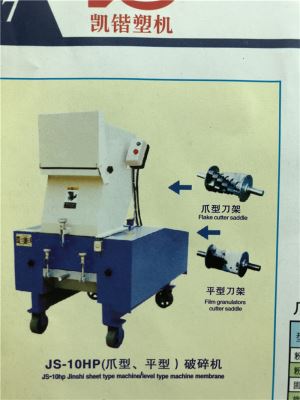Product Categories
Contact Us
Tel:+86-757-23330332
Fax:+86-757-23330332
Ph:+8613826028993
E-mail: joybai@kaikaimachine.com
Add:2-3C Tower #13, Shunlian International Machine City, Chencun Town, Shunde District, Foshan City, Guangdong, China
The invention relates to a detachable connecting bolt for two elements having at least one perforation. The present invention also relates to a clamping system for interconnecting objects with perforations in a separable, fast and reliable manner. A further type of the invention is a clampbolt clamping and releasing method by means of a tool that can transmit torque.
The bolt comprises a bolt housing having an opening for a clamping device, and a clamping device supported in the opening of the bolt housing. At this point, the clipmeans is set within the shell of the bolt, the bolt is not clamped, and when the bolt is clamped, its external part will protrude from the opening. The clamping device can be supported in the opening with some voids, so it is possible that the clamping device may partially protrudes the opening in an unclamped state, for example due to bolt action. In addition, a bolt comprises a clamping device configured within the housing of the bolt and having an external thread, such as a spindle or a stud, that engages with an internal thread of the housing of the bolt. Here, the first end area of the clamping device can protrude from the bolted housing and can have a handle for rotating fixation. However, the end area of the clamping device can also be built into the housing, like a stud, and can be held through the Allenwrench. When the clamping device is screwed in and precisely against the mating surface, the clamping device is forced to radially run out of the bolt housing due to the small guide voids.
Main variables of tightening process
1. Torque (T) : tightening torque applied, Nm;
2. Clamping force (F) : actual axial clamping (pressing) size between connecting bodies, unit N (N);
3. Friction coefficient (U) : torque coefficient consumed by bolt head and thread pair;
4. Turning Angle (A) : it is the thread Angle that needs to be turned due to the axial elongation of the bolt or the compression of the connector under the action of A certain torque.
Previous: Difference and function of screw shears
Next: The top cutting forceps have the property of opening itself
Related Industry Knowledge
- TAG & INK SOLUTIONS
- The object held by the pipe clamp i...
- Use occasion and method of using clamp
- Technology and application of cable...
- Fiber handle wire cutters are one o...
- An indispensable tool in the instal...
- Explain how to use the clamp
- Tips for choosing cable cutters
- The reason for the error of steel b...
- Difference and function of screw sh...
- The top cutting forceps have the pr...
- Diagonal tongs are only good for sm...
- Note for use of fiber handle wire c...
- Notes for using wire cutters
- Chain pipe tongs do not damage the ...
- The aluminum handle pipe clamp can ...
- Method of using occasion for clampi...
- Advantages of steel strip shears
- Cable clipper is a kind of clipper ...
- Standard usage rules for wire cutters









